
Flight attendant explains why cabin crew members always sit on their hands during takeoff

If you’ve ever flown on an airplane, you might have noticed the flight attendants sitting with their hands firmly in their laps during takeoff and landing. It’s a curious habit, one that many passengers may find strange or uncomfortable, but there’s a solid reason behind it.
The Role of Flight Attendants During Takeoff
During takeoff, the cabin crew’s primary responsibility is to ensure the safety and comfort of the passengers. They conduct final safety checks, demonstrate emergency procedures, and assist with any last-minute requests. However, the most important role is to ensure that they remain prepared for any unexpected events during the most critical phase of the flight: takeoff.
One of the most vital safety protocols is the need for flight attendants to be seated, properly secured with their seatbelts fastened, and ready for action. But why do they sit with their hands on their laps, seemingly holding onto themselves?
A Safety Precaution
Flight attendants are required to assume the “brace position” during takeoff and landing, which means sitting upright with their hands in their laps. This is not just a gesture of politeness or comfort—it’s a precautionary measure in case of an emergency.
By sitting with their hands in their laps, flight attendants reduce the risk of injury during any sudden movements. In the event of turbulence or a rough takeoff, having their hands in their laps ensures that their arms and hands aren’t flailing or exposed to the risk of injury. This position also allows them to quickly react to any emergencies, such as reaching for an oxygen mask or a first-aid kit.
A Strategic Move for Quick Response
The real reason behind this seemingly odd behavior is rooted in the cabin crew's ability to respond quickly to a sudden emergency. If their hands are on the arms of the seat or holding something, it could impede their ability to assist passengers in a crisis. Having both hands free and on their lap ensures that they can act swiftly, whether it’s opening an emergency exit, delivering first aid, or evacuating passengers.
The habit also plays a role in maintaining balance and stability. In an aircraft, turbulence can be unpredictable, and flight attendants must be ready for any sudden movements that could occur. Sitting with their hands firmly placed in their laps helps to ensure that they remain balanced and steady throughout the takeoff process.
A Precaution for Their Safety
In the unlikely event that something goes wrong during takeoff, flight attendants need to remain in control. They are trained to react to emergencies with speed and precision, and sitting in this way helps them be ready for any eventuality. The time it takes to perform an evacuation, administer first aid, or assist passengers could be the difference between life and death in a critical situation.
While passengers often feel a sense of calm from the familiar presence of flight attendants, they’re also equipped with the knowledge and protocols that keep everyone onboard safe. The act of sitting with their hands on their laps during takeoff may seem like a small thing, but it is an important piece of the puzzle that ensures flight attendants are prepared to protect passengers.
Conclusion
So next time you’re on a plane and notice a flight attendant sitting with their hands in their lap, remember: it’s not just a quirk, but a well-thought-out precaution that helps ensure their safety and the safety of passengers. It's a subtle reminder that every small action in aviation plays a part in the bigger picture of keeping air travel as safe as possible.
News in the same category


Why do Japanese people put towels on their heads when bathing in hot springs?

5 Areas of the Body Turning Black May Indicate Can.cer

A Woman Hospitalized After Eating Refrigerated Watermelon
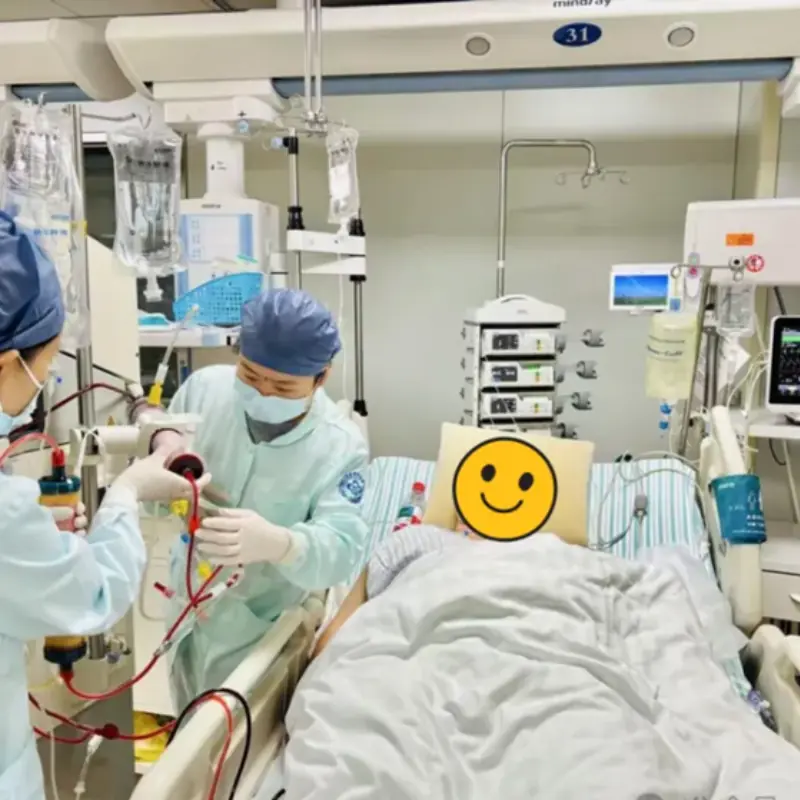
The Man with Blo.od ‘As Thick as Pork Fat’ Because of Something Many People Love

American Doctor Reveals the "3 Seeds, 2 Vegetables, 1 Meat" Best

3 benefits of old toothbrushes you must know

At 32, Already Suffering from Kid.ney and He.art Failure

Keep the Bathroom Door Open or Closed When Not in Use?

he Leaves of This Plant Are as Precious as the “Ginseng of the Poor,”

Japan Announces 5 Foods to Eat Daily
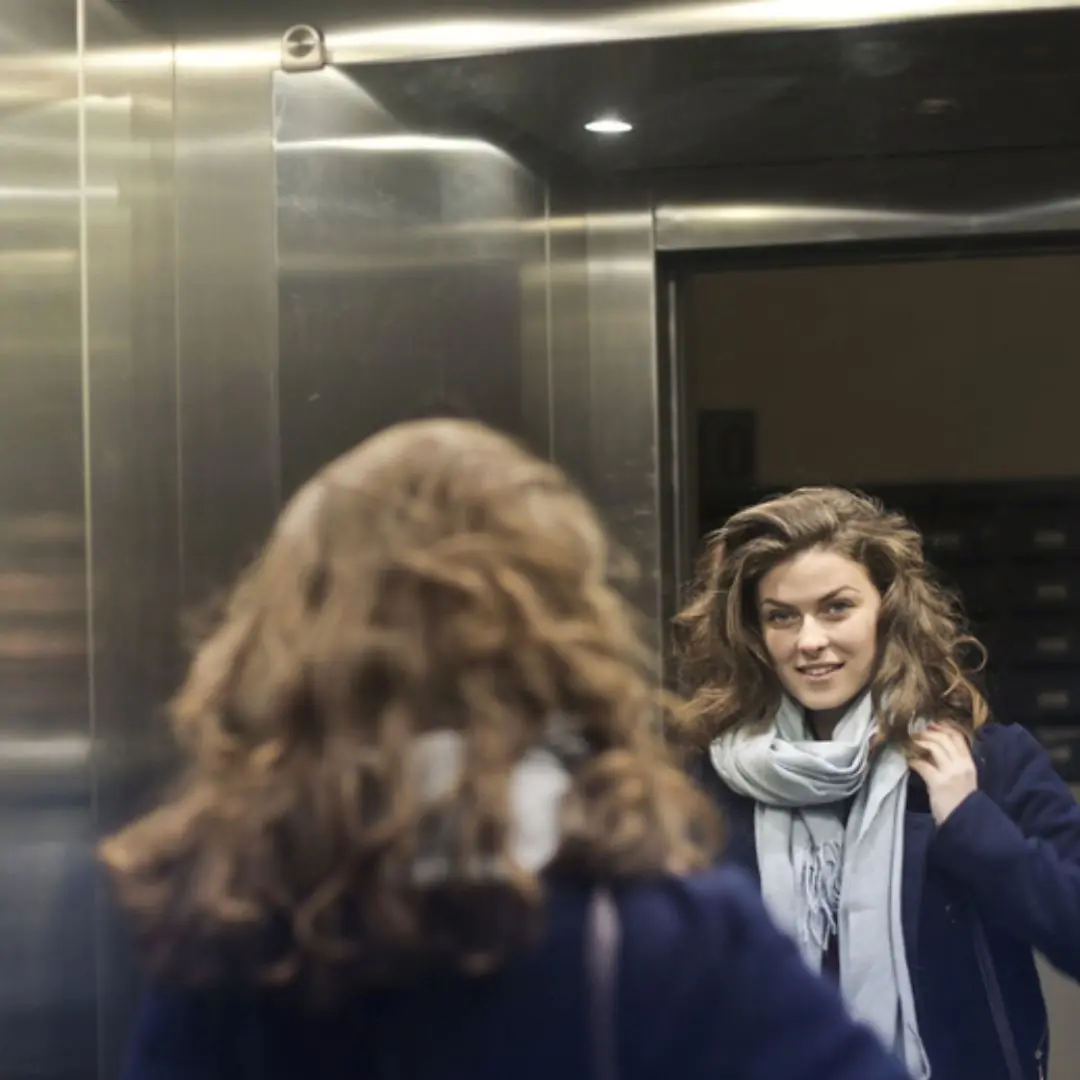
Why do elevators have mirrors? The manufacturer gives 3 reasons that surprise many people

These 5 Foods Can Wreck Your Kid.neys Faster Than Alcohol

Doctor explains why you should always shower at night instead of the morning

What Is the Black Round Hole Next to the Camera on an iPhone For?

5 Types of Pesticide-Free Vegetables as Nutritious as Ginseng

4 “ki.ll.ers” that cause cancer right in your home
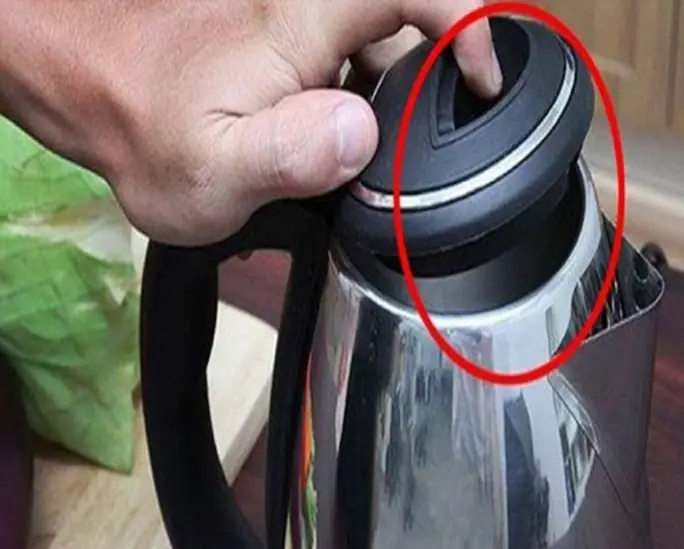
War.ning: 4 mistakes when using electric kettle every day

Why does the leaning tower of Pisa keep leaning but not falling?
News Post

Washing Machines Have a Special Mode That Dries Clothes Faster

6 things you should absolutely not do when you have neck and shoulder pain because they destroy bones and joints and are terrible for your stomach

8 types of plants that attract snakes into the house

Mixing fabric softener with salt: Great use to solve household problems

Headache for 5 days, woman suddenly fell to the ground, co.nvulsed, had difficulty speaking

Summer or winter, Japanese people wear socks to sleep — here’s why!
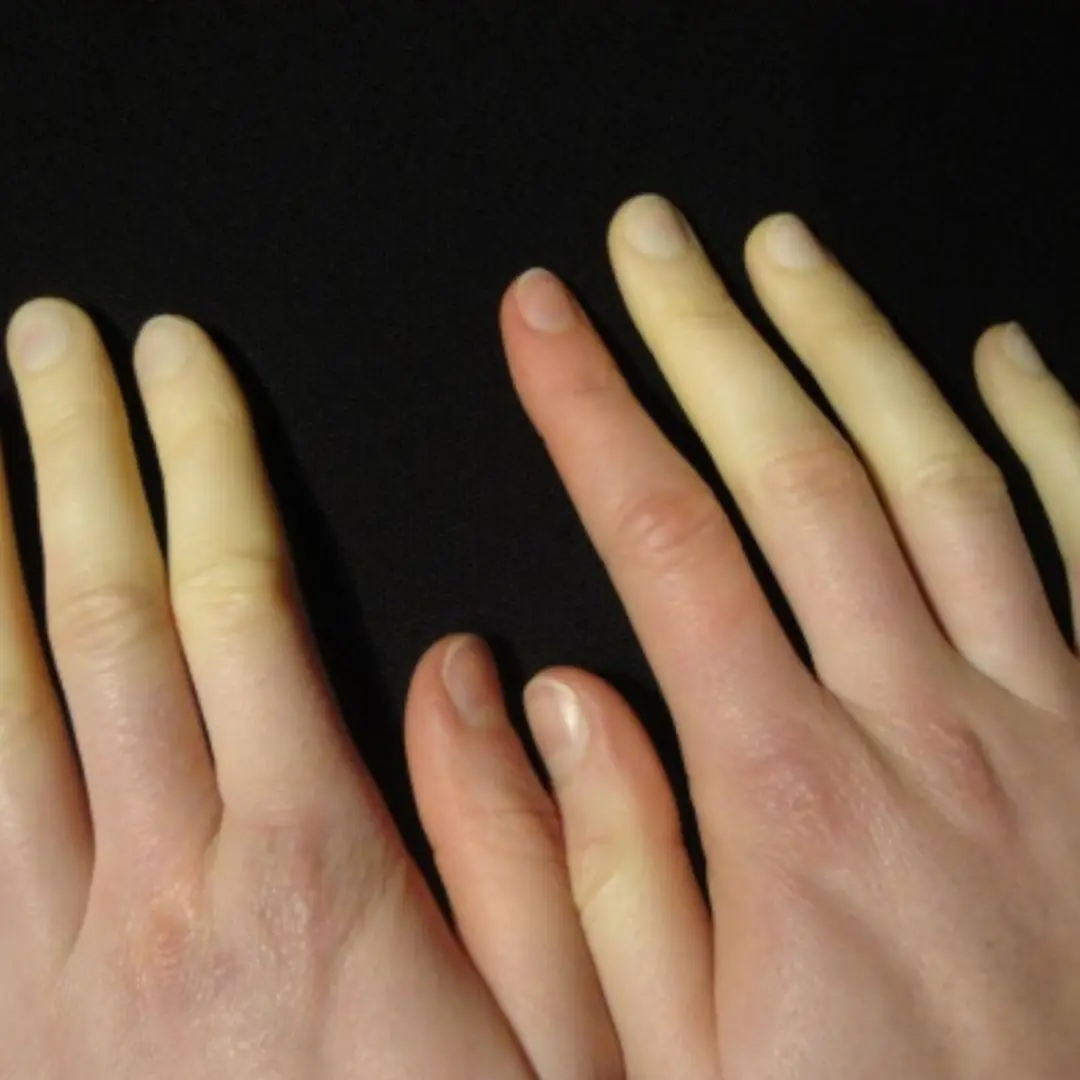
Spot these 10 symptoms? It’s time to see a doctor without delay!

4 Types of Pimples That Could Be a “Disguise” for Can.cer

5 Foods That Become Harmful When Reheated

Pour Salt into the Toilet: The Surprising Benefits Every Home Needs
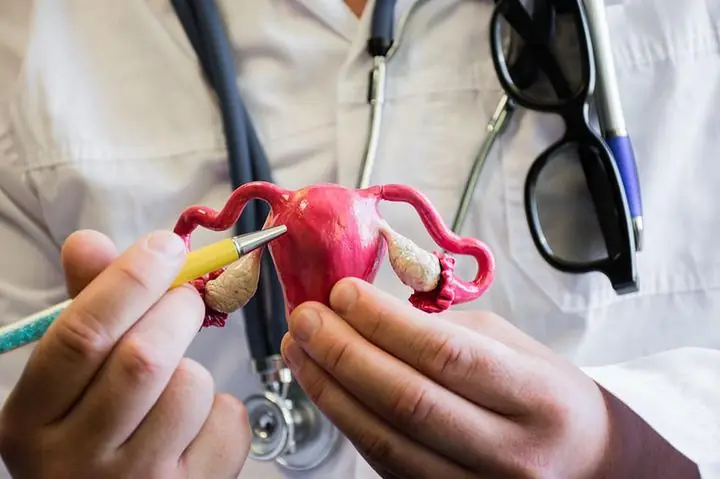
Women Who Regularly Eat These 4 Dishes Won’t Have to Worry About a Cold Uterus

After grandma pas.sed, grandpa found peace in his old cabin - far from home

7 Types of Fish High in Mercury: Limit Them No Matter How Much You Like Them

15 Foods That Are Good for People with Hemorrhoids

The Worst Foods for Worm Contamination You Should Know About
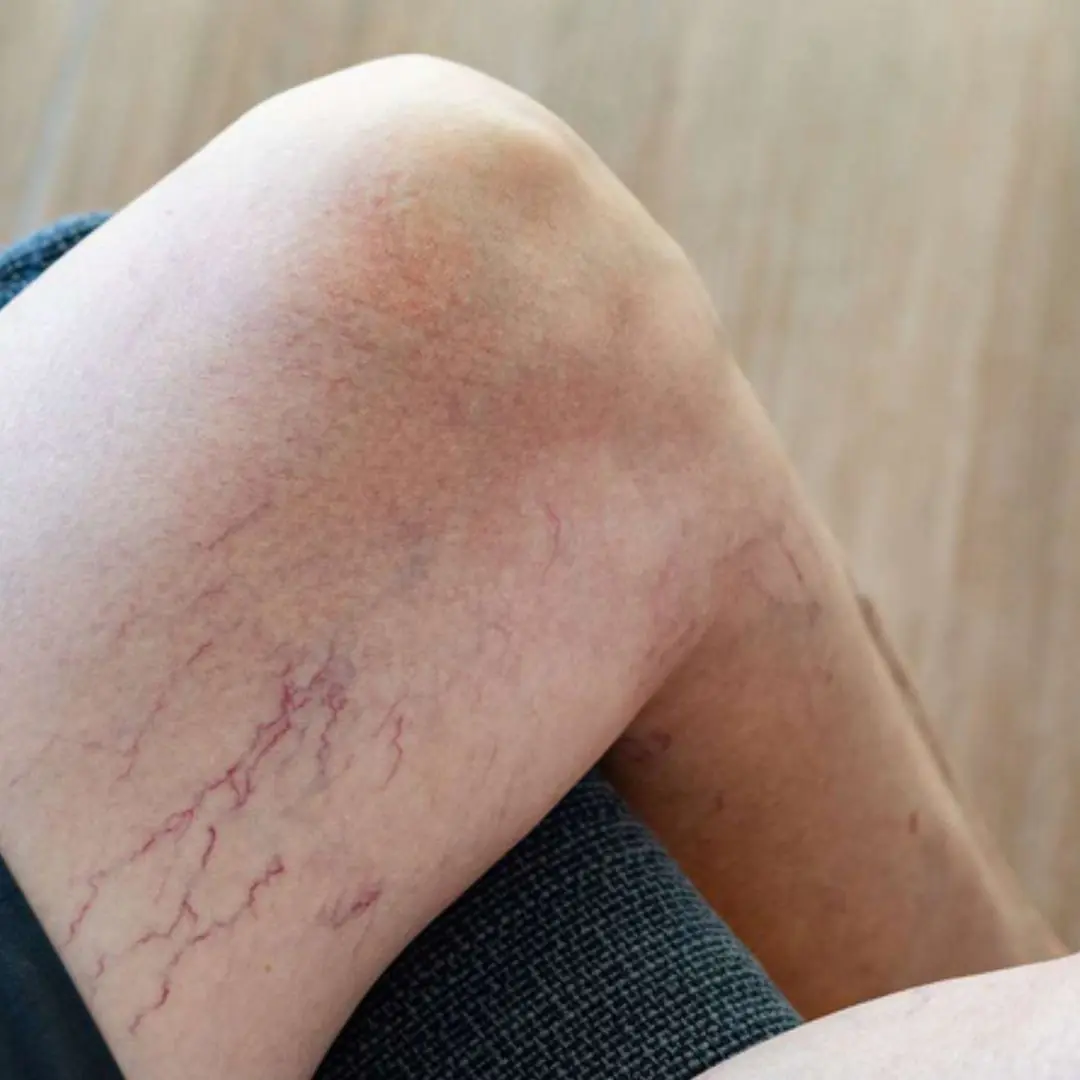
Leg Veins Turning Purple? Here’s What You Need to Know
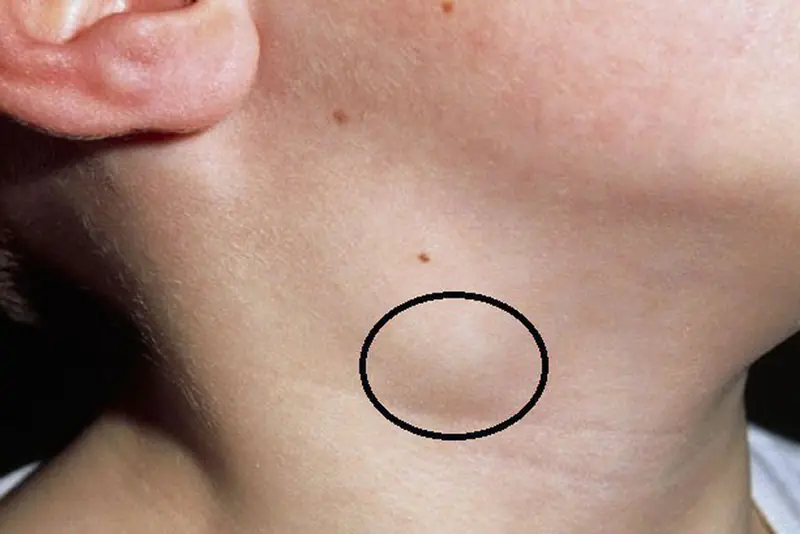
Revealing 6 Obvious Can.cer Warning Signs You Can Spot Just by Looking in the Mirror!
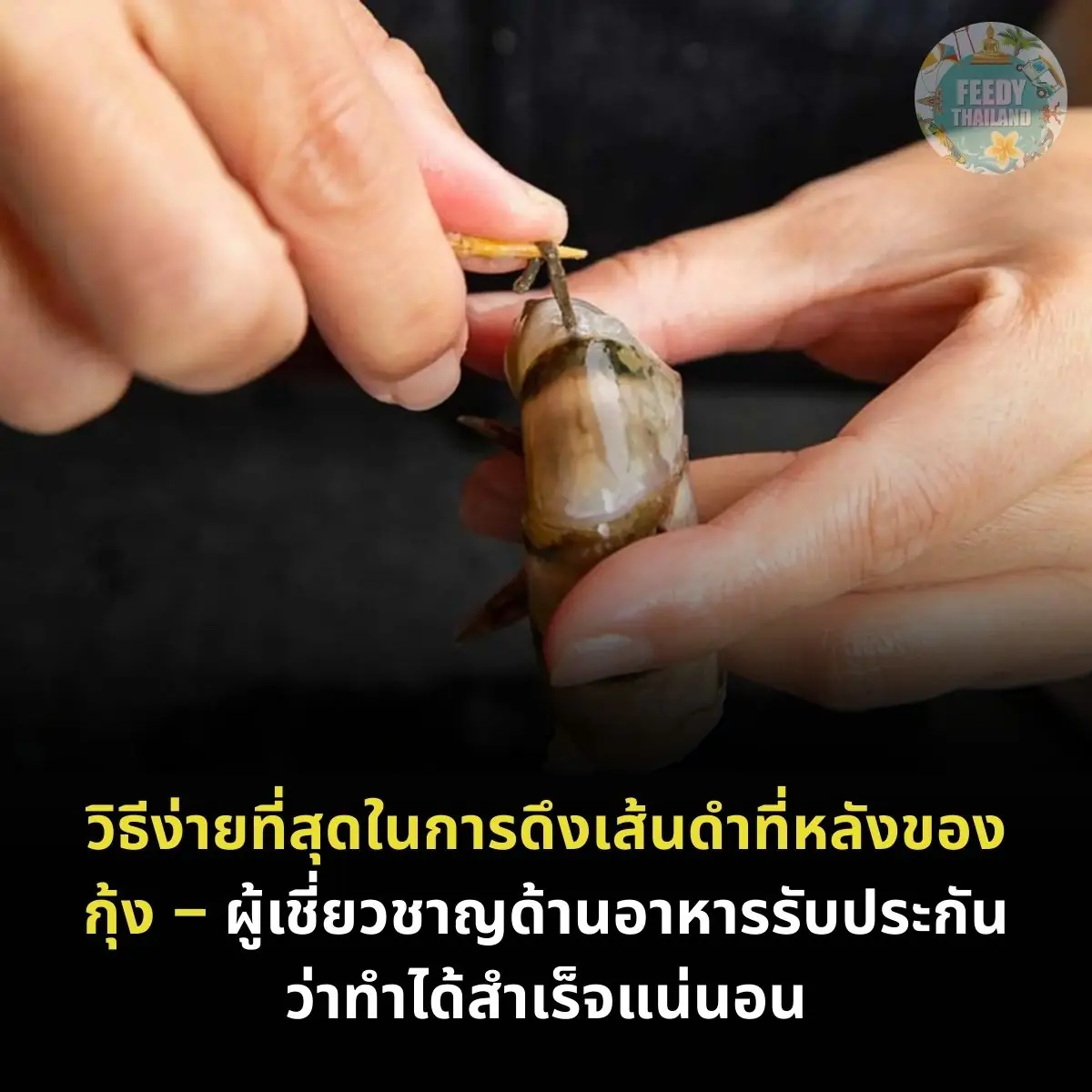
Women on the Verge of “Estrogen Depletion” Often Show 5 Alarming Signs
